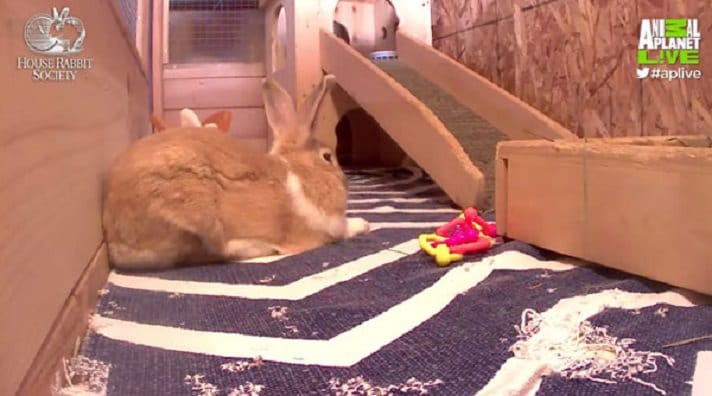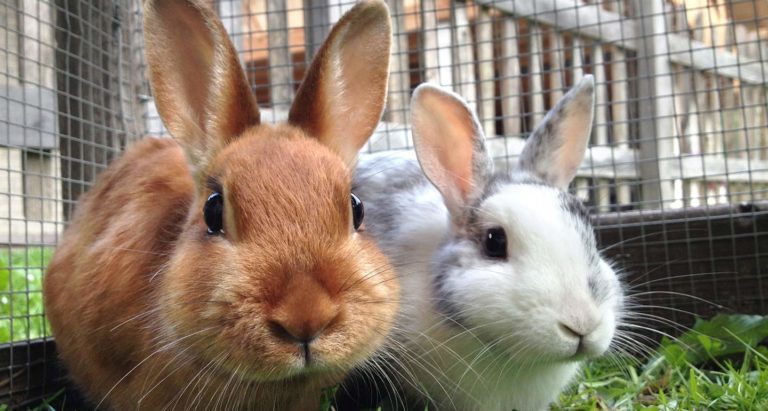Webcams, a small video camera designed to transmit its images over the Internet, have revolutionized how we communicate and are entertained. They can feed or stream images in real time or be saved to online video services such as YouTube or Vimeo for later viewing by anyone with an Internet connection. Today many people watch videos and monitor webcams through their smartphones or tablets so owning a computer to access these video-streaming devices is no longer a requirement.
Humble Beginnings Of Webcams
Invented in 1991 at Cambridge University Computer Science Department, the first webcam was born to solve a problem. Researchers worked in different labs, some on other floors, and they wanted to see if the Trojan Room coffee pot was empty or not to prevent an unnecessary walk.
The advent of the Internet enabled computer users to share their recordings with others connected online. Now most laptop and desktop computers have webcams built directly into them.
Webcams allow for inexpensive, real-time video chat and webcasting, in amateur and professional pursuits. And more animals are starring in these videos than ever before. Doggy daycares offer viewing of their playrooms and shelters show off their adoptable cats. Household rabbits also are getting in on the trend.
House Rabbit Webcams
The Brooklyn Bunny Cam features Roebling, a Dwarf Hotot house rabbit. Recommended viewing is between 10 a.m. and 10 p.m. (EST) to see him enjoying his rabbit life. Catch him eating oaties, relaxing in a variety of napping poses and being King of the Puff Stack. On an extra fun day, you might catch Roebling rearranging things, like when he recently transported the hay basket from his open play area into his house.
Boasted as the longest-running house rabbit webcam in history, The Brooklyn Bunny Cam went live on August 28, 2005, when design partners Kevin Dresser and Kate Johnson, of the design firm DresserJohnson, were asked to foster a rabbit for the weekend.
Because they were setting up a rabbit-sitting service that would offer live webcams for owners to check in on their rabbits remotely they tested the live streaming with their foster bunny.
“He was super cute and seemed well-behaved, and it felt so good to have him around, why would we give him back on Monday?” Dresser said.
They named their new house rabbit Roebling after John A. Roebling, designer of the Brooklyn Bridge, and though they scrapped the rabbit-sitting business, they continued their mission of electronically transmitting soft, white soothing bunny-joy throughout the world.
In 2008, the couple added a donation option to help cover the posting fees and a Facebook page where visitors can check out the latest happenings and upcoming Roebling events.
At Bunny Cam, meet Peaches and Cream, a sweet pair of adoptable house rabbits playing in House Rabbit Society’s bunny rabbit playroom at its headquarters in Richmond, California. Hosted by Animal Planet, the live stream launched in 2014 and offers a close-up look at the lives and personalities of adoptable bunny pairs.
Originally started as a seasonal special around Easter, the positive response from viewers encouraged Animal Planet Live to keep the webcam broadcasting year-round. Visitors enjoyed watching the three adoptable house rabbits, Flopsy, Sawyer and Whiskers, as well as weekly online chats with a rabbit educator.
Since the launch, there have been at least four pairs of adoptable house rabbits featured on the webcam. Anne Martin, executive director of House Rabbit Society, said the webcam definitely has helped get the featured house rabbits adopted.
“There was another pair, Jada and Willow, and their family was watching them online, and it definitely helped them get adopted,” she said.
Every time the bunnies in the webcam spot get adopted, House Rabbit Society brings in another adoptable pair. They feature pairs and triplets because it’s more fun for visitors to see rabbits interact with each other, and it encourages people to consider having pairs for playing together.
The current pair was brought to the society from a shelter in June and they are ready to find a home. The Dutch mix (Peaches) and white mix rabbits are pretty active when caught in front of the webcam. You can find them sleeping, hopping around the playroom and sniffing around.
They are most active in the morning and evening, and society staff feeds them their evening greens and pellets around 3:30 p.m. to 4 p.m. Pacific time, so that’s a great time to check them out.
About every few minutes a 30-second commercial comes on before returning to your regularly scheduled house rabbit viewing pleasure.
Tips For Creating Your Own Rabbit Live Stream
For those interested in sharing your own house rabbit’s life on a webcam stream, here are some suggestions for live streaming your own bunny from rabbit cages or enclosures:
1. Lighting is crucial.
Natural light is best coming from behind the camera so the subject, your rabbit, is well-lit. If it’s a very bright day, sheer curtains on the windows can reduce shadows.
If you don’t have a window or the room still is dark, place a lamp beside the camera and take off the shade (make sure it’s nothing too bright for the bunnies). If you face the camera toward the window or a light, all viewers will see is a silhouette.
2. Keep clutter to a minimum.
Take a look at the area that will appear on the video and remove anything that will distract from your rabbit. It doesn’t need to be a barren space, but you don’t want too much going on.
3. Remove photos or documents you wouldn’t want the world to see.
4. Leave items that your rabbit enjoys and will interact with.
5. Properly frame your rabbit.
Avoid having the camera too low or high. Professionals recommend the video subject be about a third of the way down on the screen, so if the rabbit is close to the camera, you want his head or eyes to be about there. Also, the area should not be so large that your rabbit can’t be seen when he moves around.
6. Make sure you have a good Internet connection.
Experts recommend at least 3 MB of upload speed for high-definition quality, and using a wired connection instead of Wi-Fi.
By: Sandy Chebat
Share:









